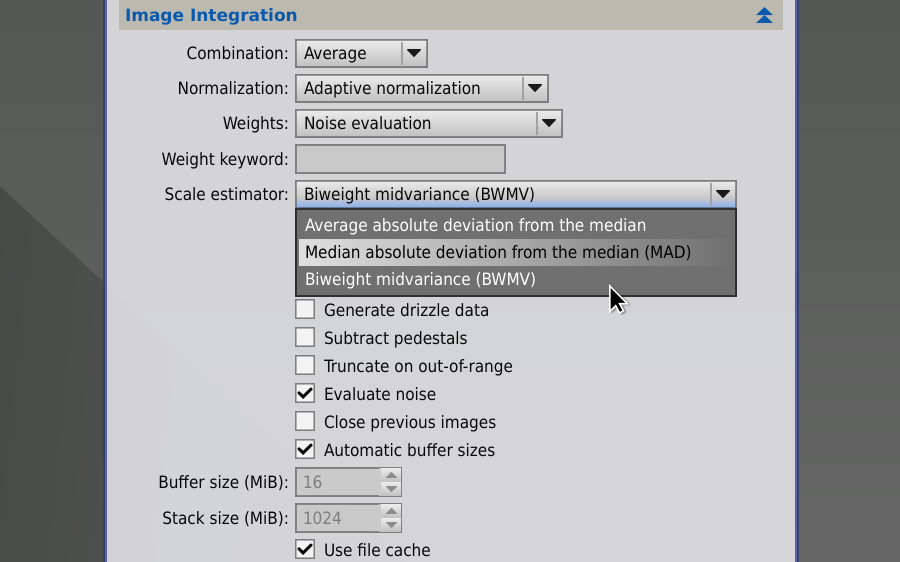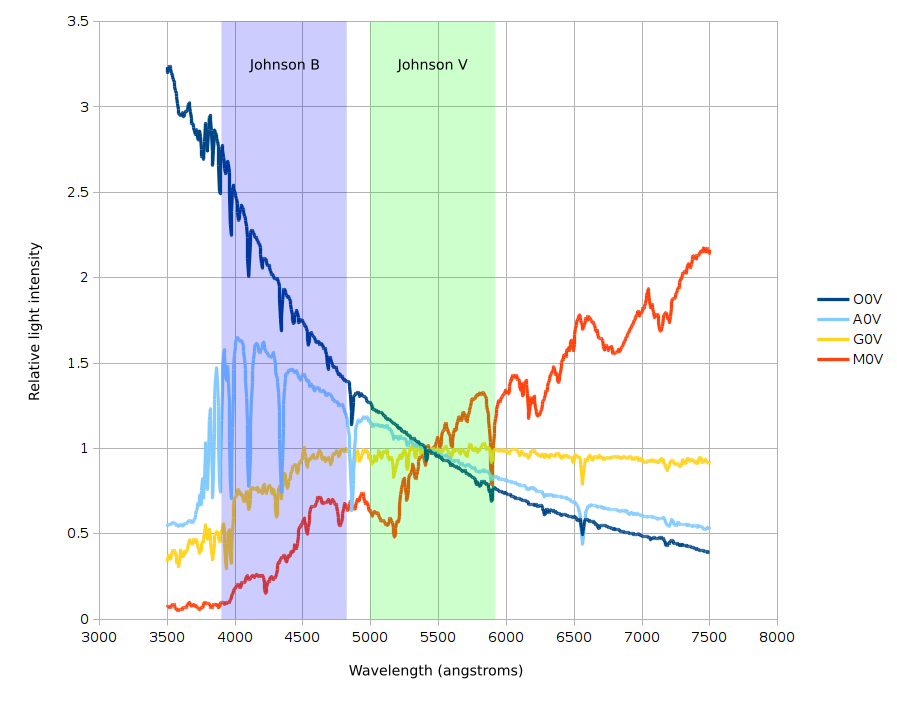

I myself have developed a 70+ page workbook that I share with over 200 people around the world that is now up to Rev41a and it keeps growing with each revision. The PI developers are a bit defensive on this point and that is understandable because there is, in reality, a wealth of information and instructional materials available, from the resources offered by PI itself (such as tutorials and documentation on many tools, including helpful explanations that pop up when mousing-over various tool parameters) to all the third party materials including a host of excellent video tutorials on the various tools. It is an issue that is regularly raised in the PI forum discussions, mainly by new users trying to get their head around all that PI has to offer. This is a sensitive subject in the PI community.
Pixinsight core settings free#
And each one of those includes any number of parameters that the user is free to adjust, including intensity and strength sliders, wavelet layer settings, input variables and the like that, quite literally, puts an almost infinite amount of flexibility in the hands of the imager (and that doesn’t even address the powerful free form PixelMath tool that lets you create any mathematical treatment you can dream up).Īnd that brings me, finally, to that major exception I mentioned above, namely documentation. By last count there are over 150 distinct processes and authorized scripts available to manipulate your images.

It clearly is a labor of love for its developers.īut all that power does not come without complexity.
Pixinsight core settings software#
To quote from PI’s website, its development is “the result of a dynamic collaboration between like-minded astrophotographers and software developers, who are constantly pushing the boundaries of astronomical image processing with the most powerful toolset available.“ But in addition to having the most sophisticated toolkit of any astro-imaging software package, it affords a level of control over virtually every input that is truly amazing to behold and work with. Whether you buy into the PI mantra of being true to the data or not (I am firmly in that camp but know many others who love PI that are not), it is a wonderful suite of tools. For many of us who grew up on other image processing software packages, PI is everything we could hope for, with one major exception, which I will come to shortly. Warren KellerA guest blog by reviewer James Morse.Īnyone who takes up astrophotography will, sooner or later, find their way to PixInsight (PI). Inside PixInsight will provide many options for processing your astroimages.


 0 kommentar(er)
0 kommentar(er)
